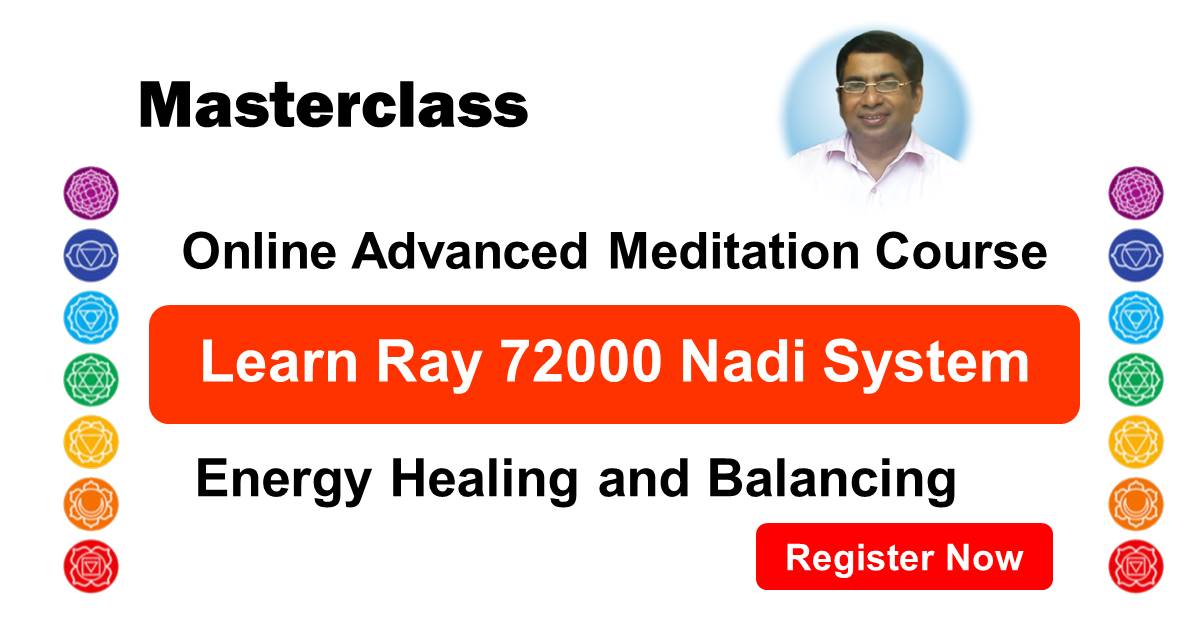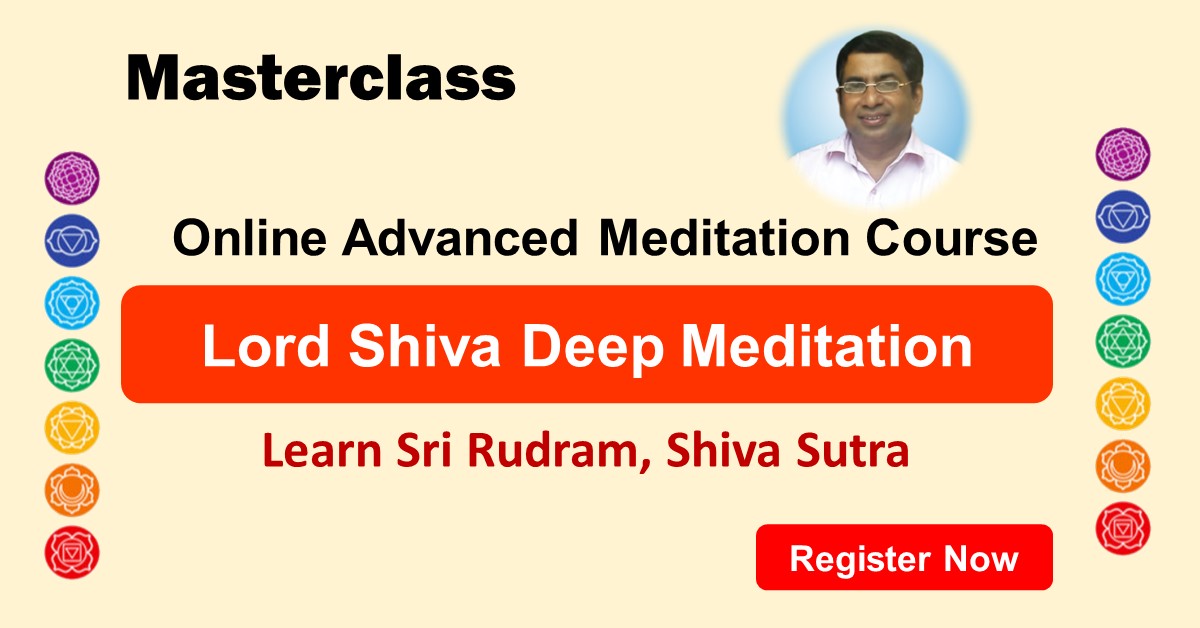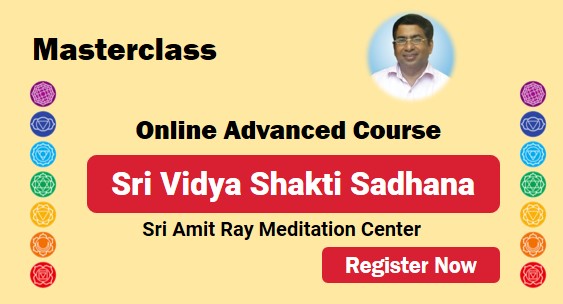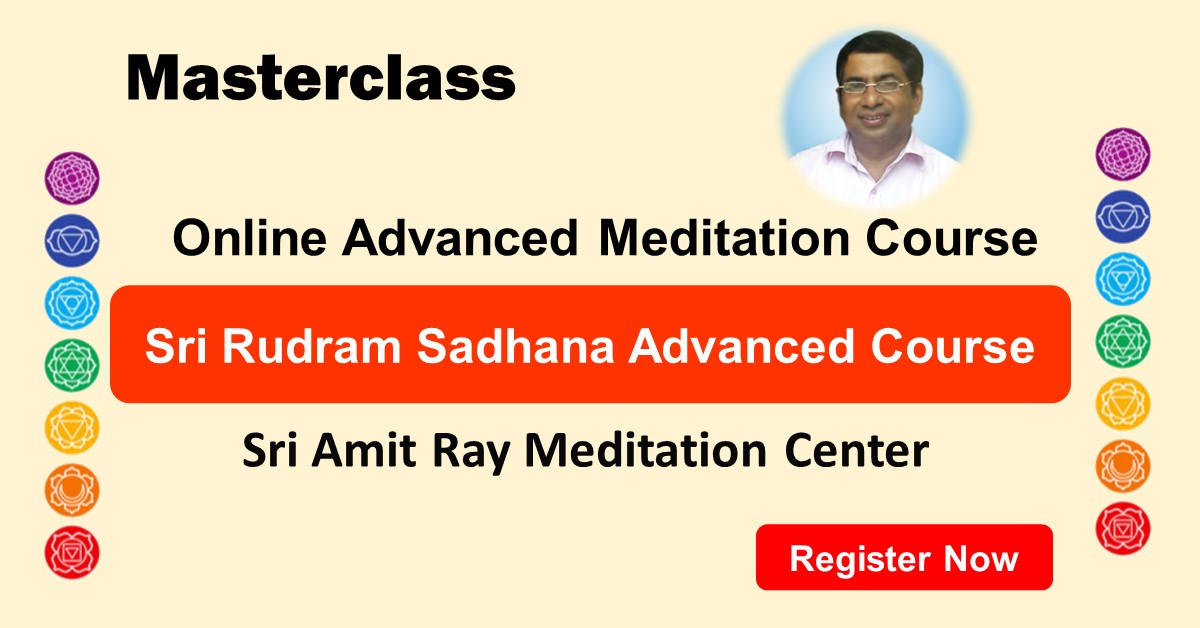The Nirvana Shatkam resonates as a melodic symphony of divine wisdom of the Supreme. It invites seekers on a profound journey toward unity with the ultimate Shiva Consciousness. The verses of Nirvana Shatkam underscore the interconnectedness of the individual soul with universal consciousness.
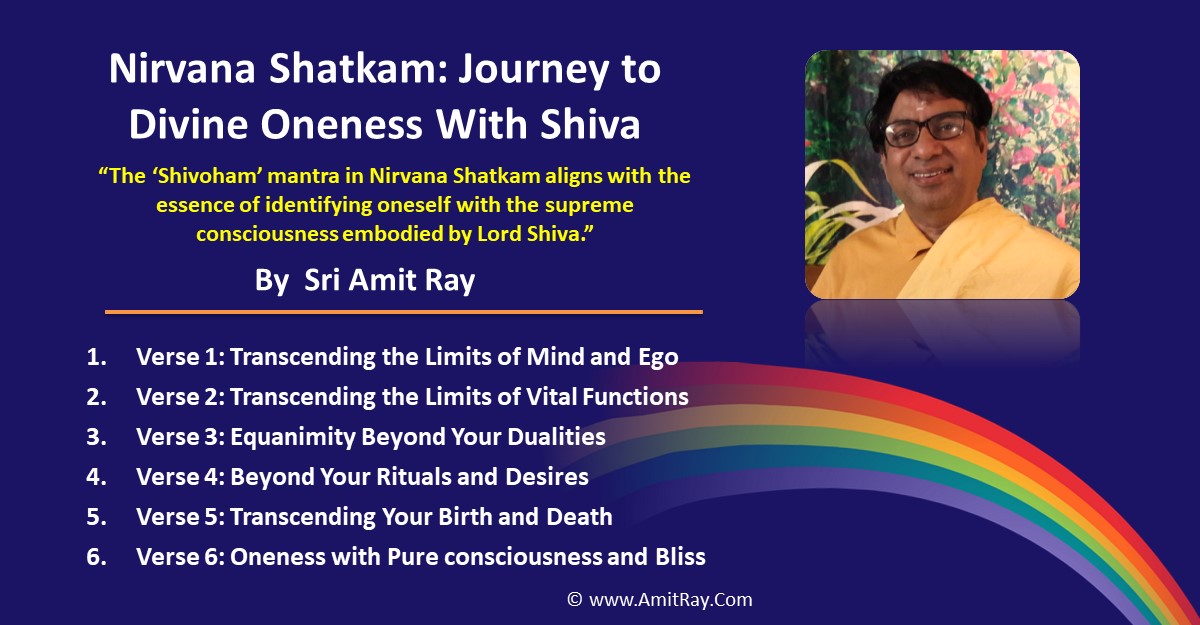
Nirvana Shatkam
This article explores the heart of Nirvana Shatkam, delving into its meanings, understanding its significance, historical roots, and unraveling its myriad benefits and blessings. It bestows upon those who tread the path of self-discovery, and self realization.
Chanting Nirvana Shatkam is a personal and contemplative practice. Adjust the frequency and duration based on your schedule and comfort. Whether daily or occasional, chanting and meditating on Nirvana Shatkam can be a transformative tool on your journey towards self-realization and unity with the divine.
The verses of Nirvana Shatkam serve as a guiding light, illuminating the path toward profound spiritual awakening and a deeper connection with timeless truths embedded in the fabric of human consciousness. The declaration “Shivoham” in Nirvana Shatkam aligns with the essence of identifying oneself with the supreme consciousness embodied by Lord Shiva.
What is Nirvana Shatkam?
Nirvana Shatkam, also known as Atma Shatkam, Shivoham mantra, or Mano Buddhi Ahankara Chitta Ninaham, is a profound Sanskrit composition attributed to the great Advaita philosopher Adi Shankaracharya. Comprising six powerful verses, it serves as a guiding light for seekers on the path of self-realization. In these verses, Adi Shankaracharya eloquently dissects the layers of human identity and declares the eternal truth of one’s divine essence.
Why is Nirvana Shatkam So Important?
The significance of Nirvana Shatkam lies in its ability to lead individuals towards self-awareness and spiritual awakening. The verses guide the seeker to recognize the impermanent nature of worldly identities and attachments, ultimately pointing towards the realization of the eternal, unchanging self. By emphasizing the negation of various aspects of the ego and affirming the true nature as pure consciousness and bliss (Shiva), the Nirvana Shatkam serves as a powerful tool for transcending the illusions of the material world.
Benefits and Blessings:
- Self-Realization: Chanting the Nirvana Shatkam helps in cultivating self-awareness and realizing the true nature of the self beyond the transient aspects of the ego.
- Emotional Equanimity: The verses guide practitioners towards detachment from dualities, fostering emotional balance and resilience in the face of life’s challenges.
- Spiritual Transformation: Regular recitation of the Nirvana Shatkam can lead to a profound spiritual transformation, helping individuals move beyond superficial identifications and recognize their oneness with the divine.
- Clarity of Thought: The philosophical depth of the verses enhances mental clarity, providing insights into the nature of reality and the purpose of life.
- Freedom from Attachments: The negation of various aspects of identity in the verses encourages liberation from attachments, paving the way for a more liberated and fulfilling life.
- Inner Peace: The contemplative nature of the Nirvana Shatkam fosters inner peace, allowing practitioners to experience a sense of tranquility amidst life’s ups and downs.
- Connection with the Divine: By affirming the essence as pure consciousness and bliss (Shiva), the practitioner establishes a profound connection with the divine, fostering a sense of spiritual fulfillment.
When to Chant Nirvana Shatkam:
- Morning Rituals: Consider chanting Nirvana Shatkam during your morning rituals. The serene atmosphere and the fresh start of the day can enhance the impact of these sacred verses.
- Evening Contemplation: Chanting Nirvana Shatkam in the evening can serve as a reflective practice, helping you unwind from the day’s activities and fostering a sense of inner peace.
- Meditation Sessions: Integrate Nirvana Shatkam into your meditation sessions. The rhythmic chanting can act as a powerful mantra, aiding in focusing the mind and deepening your meditative experience.
- Special Occasions: Choose significant occasions such as festivals, birthdays, or personal milestones to chant Nirvana Shatkam. It can add a spiritual dimension to these moments, fostering a deeper connection with your inner self.
The Six Verses: The Guiding Lights
These six verses serve as a guiding light on your path towards self-illumination and realizing the eternal truth of Brahman.
Verse 1: Transcending the Limits of Mind and Ego
“मनो बुद्धिअहंकार चित्त निनाहम् न च श्रोत्र जिह्वे न च घ्राण नेत्रे न च व्योम भूमिर् न तेजो न वायु चिदानन्द रूपः शिवोऽहम् शिवोऽहम्”*
“mano buddhi ahaṅkāra cittanīnāham na cha śrotra jihve na cha ghraṇa netre na cha vyoma bhūmir na tejo na vāyu cidānanda rūpaḥ śivoham śivoham”
Explanation:
In this verse, release yourself from the mental and sensory aspects, disidentifying with the mind, intellect, ego, and memory. Let go of attachment to the senses of hearing, taste, smell, and sight, as well as the elements of ether, earth, fire, water, and air. Affirm your essence as pure consciousness and bliss, declaring, “You are Shiva.”
Verse 2: Transcending the Limits of Vital Functions
“न च प्राण संज्ञो न वै पञ्च वायुः न वा सप्तधातुर् न वा पञ्च कोशाः न वाक् पाणि पादौ न चोपस्थ पायु चिदानन्द रूपः शिवोऽहम् शिवोऽहम्”*
“na cha prāṇa saṅjño na vai pañca vāyuḥ na vā saptadhātur na vā pañca kośāḥ na vāk pāṇi pādau na chopastha pāyu cidānanda rūpaḥ śivoham śivoham”
Explanation:
In this verse, detach yourself from the life force, the five vital airs, the seven elements of the body, and the five sheaths covering your true self. Let go of attachment to the organs of speech, hands, feet, and the lower region. Reiterate your essential nature as pure consciousness and bliss, proclaiming, “You are Shiva.”
Verse 3: Equanimity Beyond Your Dualities
“न मे द्वेष रागौ न मे लोभ मोहौ मदो नैव मे नैव मात्सर्य भावः न धर्मो न चार्थो न कामो न मोक्षः चिदानन्द रूपः शिवोऽहम् शिवोऽहम्”*
“na me dveṣa rāgau na me lobha mohau mado naiva me naiva mātsarya bhāvaḥ na dharma na chārtho na kāmo na mokṣaḥ cidānanda rūpaḥ śivoham śivoham”
Explanation:
In this verse, embrace a state of equanimity, free from aversion, attachment, greed, and delusion. Let go of pride and jealousy. Disclaim attachment to righteousness, worldly goals, desires, and even liberation. Your essence remains pure consciousness and bliss, echoing, “You are Shiva.”
Verse 4: Beyond Your Rituals and Desires
“न मे पुण्यं न पापं न सौख्यं न दुःखं न मंत्रो न तीर्थं न वेद न यज्ञः अहम् भोजनम् नैव भोज्यं न भोक्ता चिदानन्द रूपः शिवोऽहम् शिवोऽहम्”*
“na me puṇyaṁ na pāpaṁ na saukhyaṁ na duḥkhaṁ na mantro na tīrthaṁ na veda na yajñaḥ aham bhojanam naiva bhojyam na bhoktā cidānanda rūpaḥ śivoham śivoham”
Explanation:
In this verse, relinquish the notions of virtue, sin, happiness, and sorrow. Let go of the significance of mantras, pilgrimage places, scriptures, and rituals. Neither the act of eating, the food, nor the eater holds relevance. The affirmed reality is pure consciousness and bliss, affirming, “You are Shiva.”
Verse 5: Transcending Your Birth and Death
“न मे मृत्यु शंका न मे जाति भेदः पिता नैव मे नैव माता न जन्म न बन्धुर् न मित्रं गुरुर् नैव शिष्यः चिदानन्द रूपः शिवोऽहम् शिवोऽहम्”*
“na me mṛtyu śaṅka na me jāti bhedaḥ pitā naiva me naiva mātā na janma na bandhur na mitraṁ gurur naiva śiṣyaḥ cidānanda rūpaḥ śivoham śivoham”
Explanation:
In this verse, transcend the fear of death and the distinctions of birth. Disclaim having a father, mother, or birth. Release attachment to relatives, friends, teacher, and disciple. Your affirmed reality is pure consciousness and bliss, echoing, “You are Shiva.”
Verse 6: The Formless and Omnipresent Self
“अहम् निर्विकल्पो निराकार रूपः विभुर्व्याप्य सर्वत्र सर्वेन्द्रियाणाम् सदा मे समत्वं न मुक्तिः न बन्धः चिदानन्द रूपः शिवोऽहम् शिवोऽहम्”*
“aham nirvikalpo nirākāra rūpaḥ vibhur vyāpya sarvatra sarvendriyāṇām sadā me samatvaṁ na muktiḥ na bandhaḥ cidānanda rūpaḥ śivoham śivoham”
Explanation:
In this concluding verse, recognize your formless and attributeless nature. Realize your all-pervading presence within all senses. Embrace eternal equanimity, transcending both liberation and bondage. Affirm your reality as pure consciousness and bliss, declaring, “You are Shiva.”
History of Nirvana Shatkam:
Adi Shankaracharya, an eminent Indian philosopher and theologian from the early medieval period, is credited with composing the Nirvana Shatkam. Born in the 8th century CE, Shankaracharya is renowned for reviving the Advaita Vedanta school of thought, emphasizing the non-dual nature of reality.
During his brief yet impactful life, he traveled across India, engaging in philosophical debates and composing numerous texts that continue to influence spiritual seekers to this day. The Nirvana Shatkam stands as a testament to his deep insights into the nature of the self and the quest for ultimate truth.
Summary of Nirvana Shatkam:
- Identification and Detachment: The verses systematically negate various aspects of human identity, such as the mind, intellect, ego, and sensory experiences. This process of negation, or “neti neti” (not this, not this), guides the seeker towards detachment from transient aspects of the self.
- Pure Consciousness and Bliss: Amidst the negation, Nirvana Shatkam affirms the true nature of the self as pure consciousness and bliss (Shiva). By declaring “Shivoham” (I am Shiva) in each verse, the seeker acknowledges their divine essence beyond the limitations of the ego and the material world.
- Beyond Dualities and Attachments: The hymn encourages the practitioner to rise above dualities, such as love and hate, pleasure and pain, and to relinquish attachments to worldly concepts of virtue, sin, and rituals. The seeker embraces a state of equanimity, recognizing the unity of all existence.
Embracing Your Divine Essence
As you reflect on these verses, let them serve as a guiding light on your spiritual journey. Embrace the wisdom within, disidentify from the transient aspects of existence, and realize the eternal truth of your divine essence.
Infuse your chanting with a sense of devotion and sincerity. Let each repetition be a heartfelt expression of your connection with the divine.
The Nirvana Shatkam invites you to go beyond rituals, dualities, and the limitations of birth and death, acknowledging the infinite and blissful nature that resides within you.
In the sacred journey of self-discovery, remember that “You are Shiva,” the embodiment of pure consciousness and bliss, forever free from the illusions of the world.

